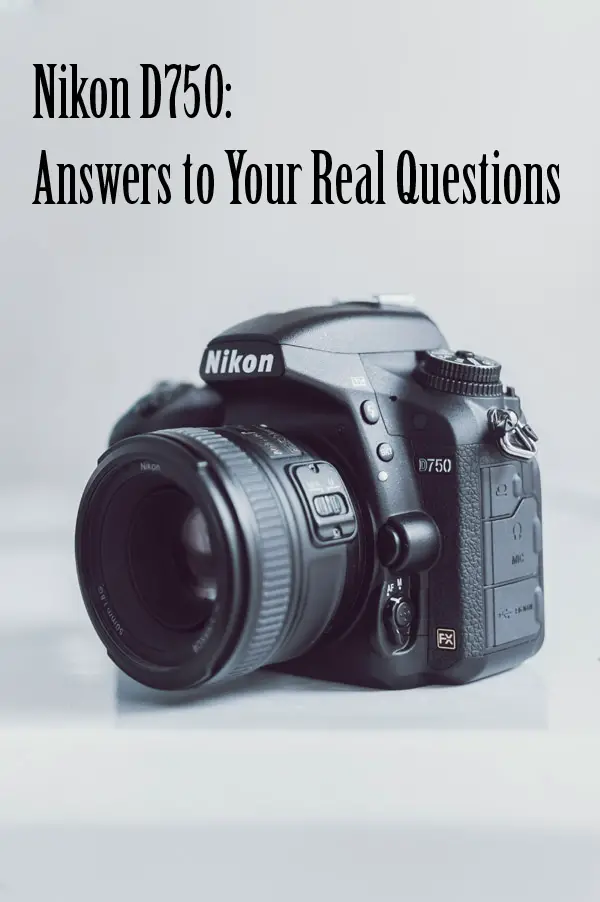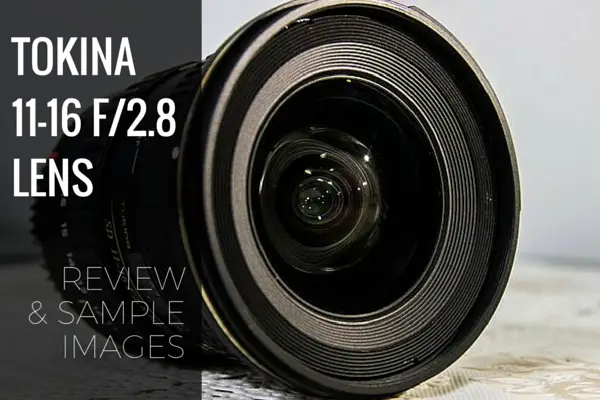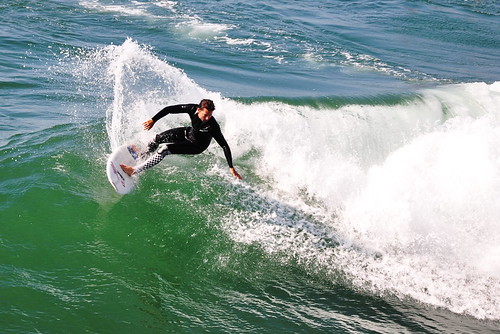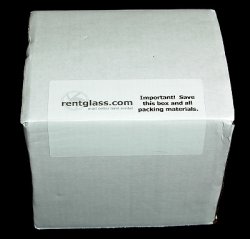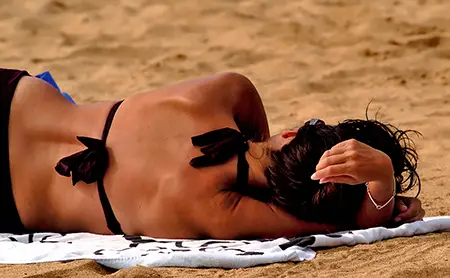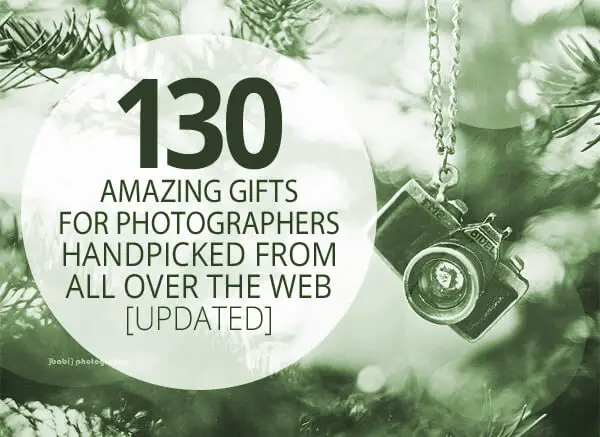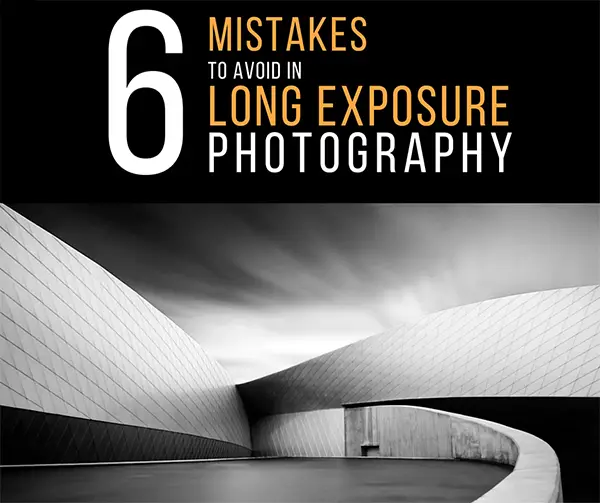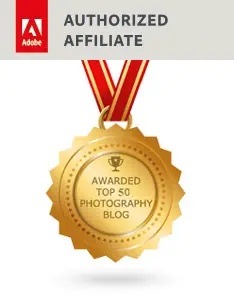The prices of new lenses are rising with every new release. With the leading brands in no mood to reduce the prices of their gear, sometimes I feel that one day we’ll have to sell body parts to buy lenses and other equipment (Nikon, Canon listening?)
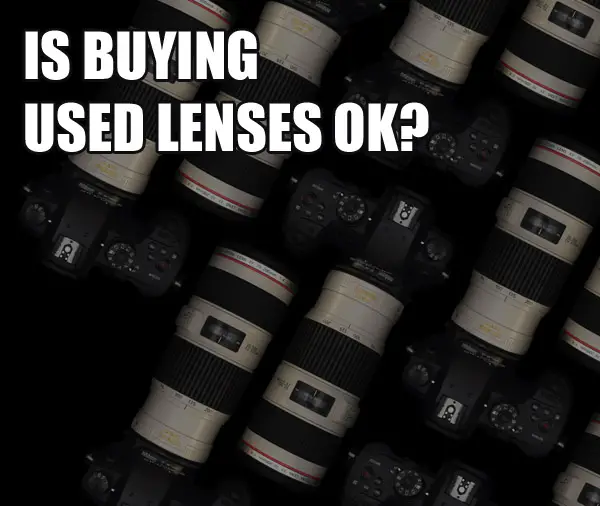
But thankfully, for photographers like us, there is a way out: to buy used or pre-owned lenses. But everyone seems to be asking the million-dollar question: Is buying used lenses OK?


